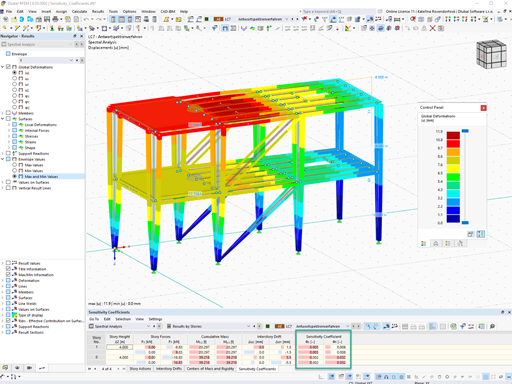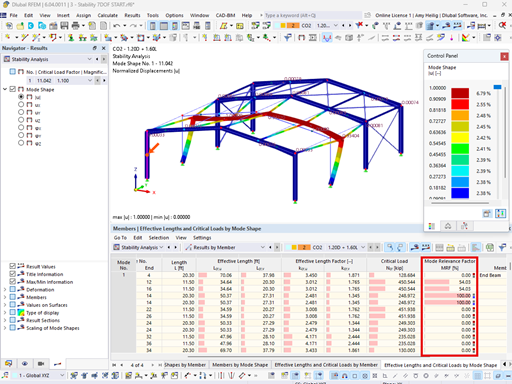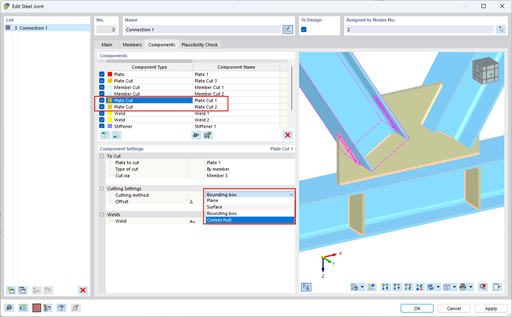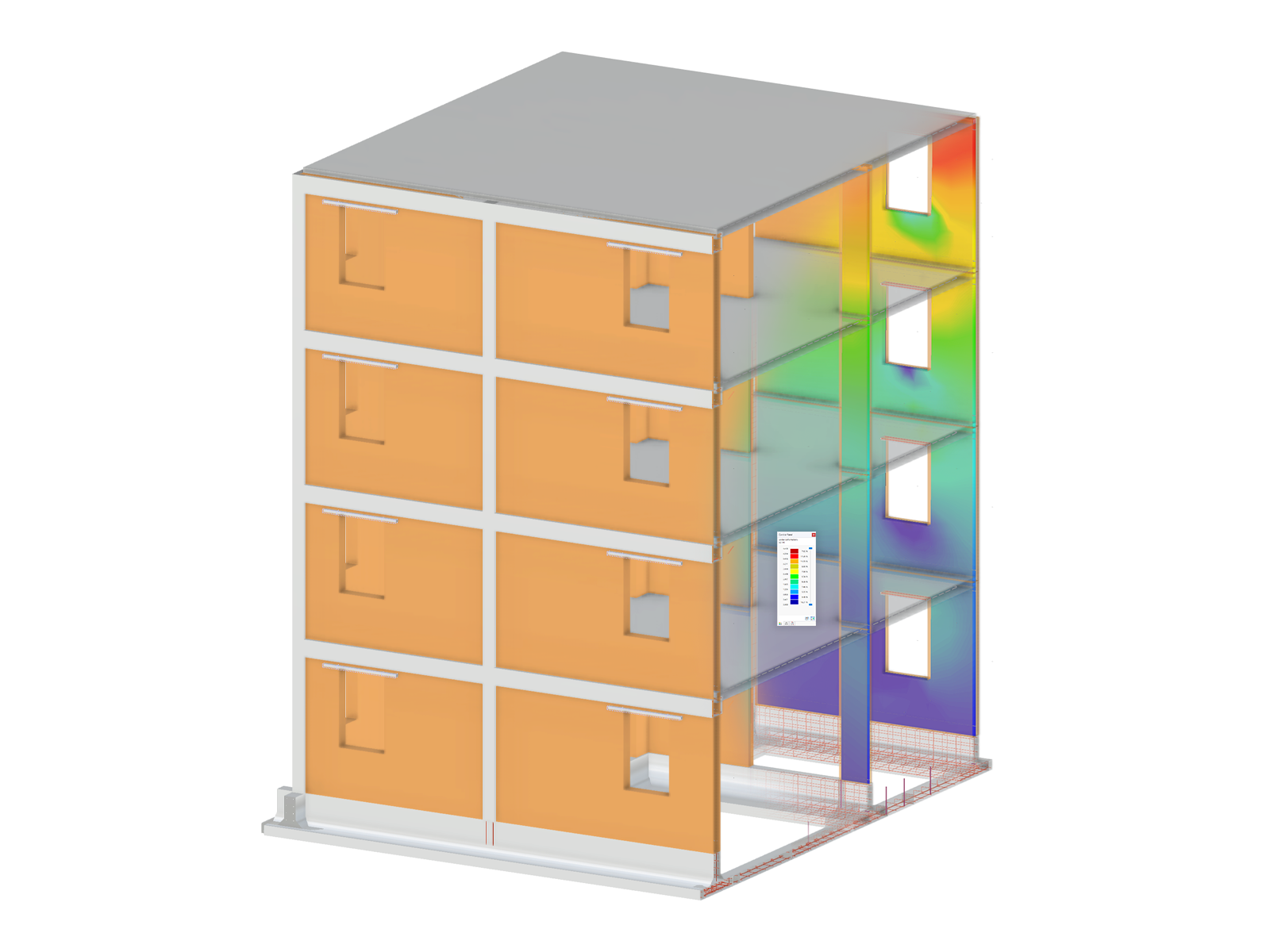For the stability design of compression elements, you need the combination of RF‑CONCRETE Members and RF‑CONCRETE NL. The reason is as follows:
First, the internal forces of the individual load combinations (second-order analysis + imperfection) are subjected to the linear-elastic calculation. For this, you basically only need RFEM 5.
Then, the cross-section design is performed in RF‑CONCRETE Members with these internal forces determined linearly-elastically, and the required bending reinforcement is determined from these internal forces.
This bending reinforcement is then compared to the user-defined entries concerning the existing basic reinforcement or the minimum reinforcement; based on this, the reinforcement concept is generated (Window "3.1 Existing Longitudinal Reinforcement" of the add-on module).
This existing longitudinal reinforcement is then used for the nonlinear design.
According to Section 5.8.6 (1), geometric nonlinearities must be taken into account according to the second-order analysis. However, the general rules for nonlinear methods according to 5.7 also apply.
In Sec. 5.7(1), "an adequate non-linear behavior for materials is assumed". According to 5.7(4)P, the use of material characteristics that represent the stiffness in a realistic way, but take account of the uncertainties of failure, shall be used when using nonlinear analysis.
This requires the RF‑CONCRETE NL add-on module. Thus, the geometric and material nonlinearities are considered and the requirements of EC 2 regarding the ultimate limit state design are fulfilled.
Similarly, this method is also available in RSTAB 8 in the CONCRETE add-on module.
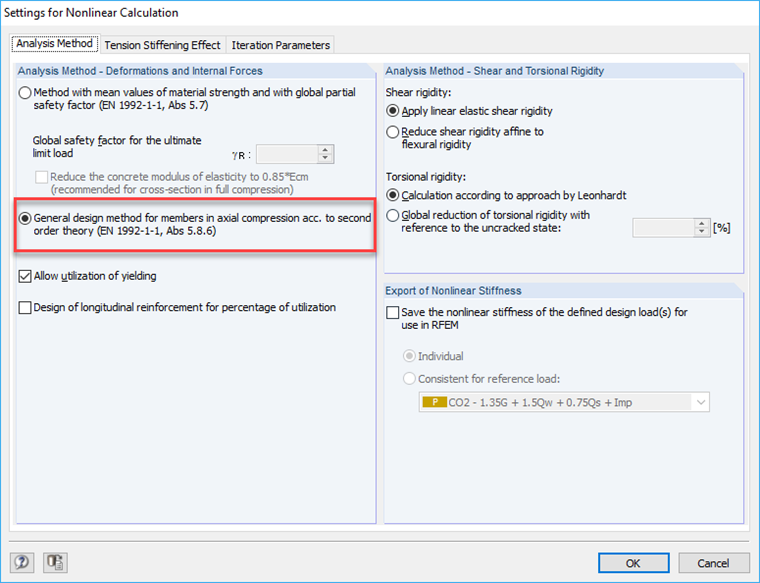
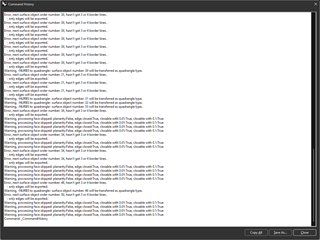

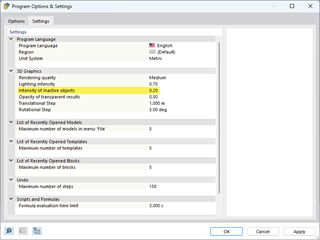
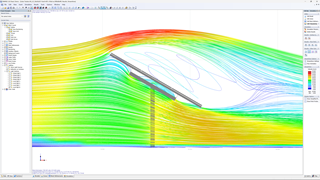
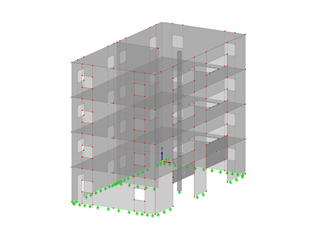

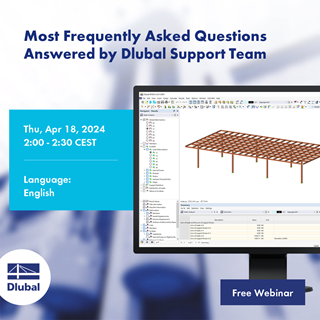





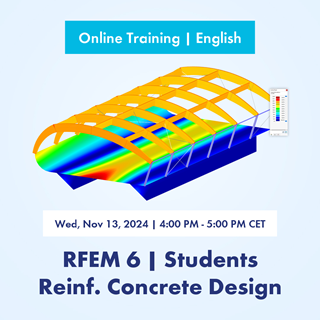


















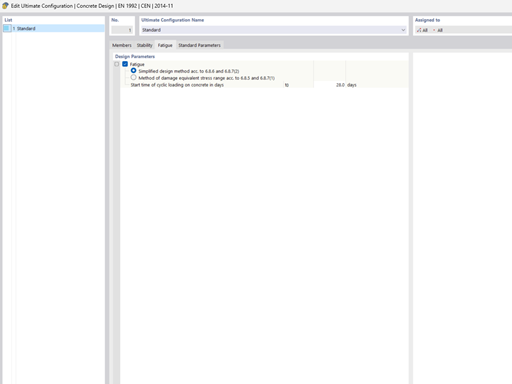
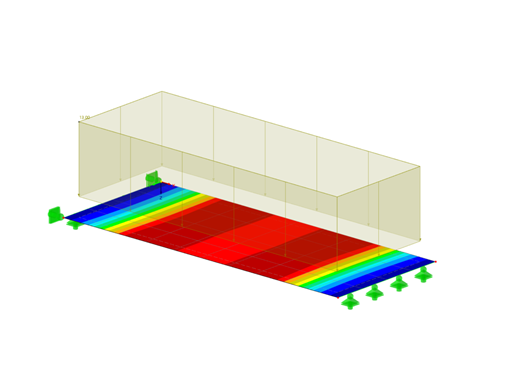
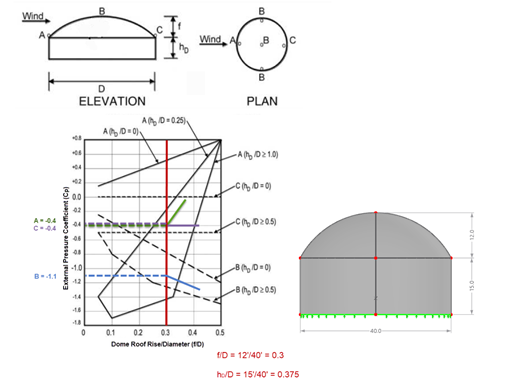
![Spans Based on Figure 5.2 from [1]](/en/webimage/039540/3493372/01_Abmessungen_EN.png?mw=512&hash=3cc425f1463bd5981b358d5889e3109e07ae1233)










